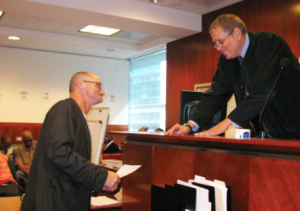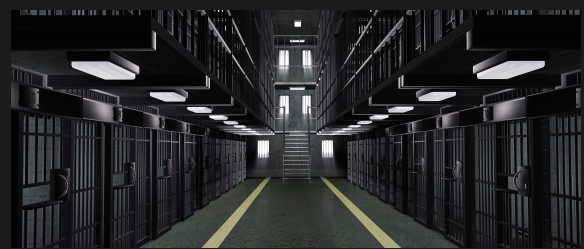HOW I KNOW PROP. 47 IS THE RIGHT THING TO DO
[One in a series of articles on California’s Prop 47; reducing less serious felony offenses,(drug and non-drug) to misdemeanors]

San Francisco District Attorney George Gascon has been quoted as saying, “The [Criminal Justice] System isn’t broke because of Prop 47, the System was broke before Prop. 47”. To hear San Francisco District Attorney and former Police Chief Gascon make such a bold statement is surprising, and more than that, a challenge to those of us working in the Criminal justice System across the nation.
I agree with District Attorney Gascon. Prop. 47 is a huge change in course for a criminal justice system that is used to increasing penalties and consequences for drug users for over a century. Over the past forty years, these less serious drug felonies have become a big part of the criminal justice system’s food chain (and we are paying for it with much needed community resources and overflowing prisons and jails).
Clearly, the courts are a critical tool for getting the drug addicted into treatment and keeping them there. But one dosesn’t need a felony offense and the threat of prison to get it the job done. I have watched from my perch as a judicial officer since 1985, and while drug addiction is a very serious medical and public health problem, drug possession offenses are being over-charged and over-incarcerated by the criminal justice system, even if its intent is to encourage sobriety.
I developed the Oakland Drug Court in 1990 to try to bring reason to a broken system. I went to Washington D.C. and founded the National Assocaition of Drug Court Professionals, to take that rational approach to the national level. Before returning to California in 2001, I wrote a mongraph, “Rational Drug Policy Reform” ( Center for Problem-Solving Courts, 2001). In it I proposed a simple but critical change in the law; the reduction of drug possssion felonies to misdemeanors (Chapter 2, pp. 7-11).




